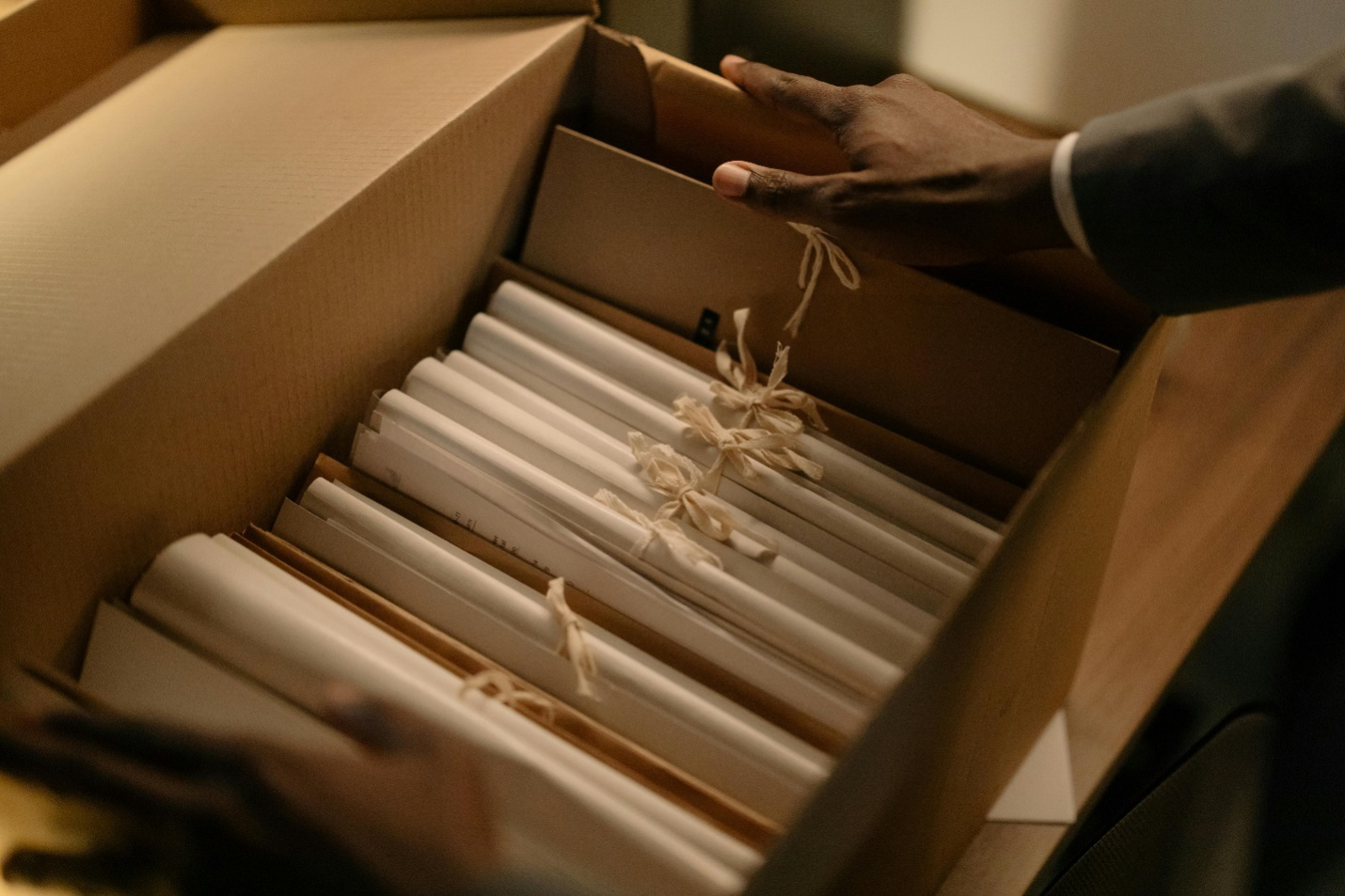Accidents, whether minor or severe, can leave victims dealing with physical, emotional, and financial burdens. One crucial step that can significantly impact the outcome of a personal injury claim is proper evidence collection. The stronger the evidence, the better the chances of securing a favorable settlement or judgment. If you are involved in an accident, taking immediate and thorough action to document evidence will help build a solid case for your claim.
Here is how to gather and preserve critical evidence effectively.
Prioritize Your Safety and Well-being
First and foremost, ensure your safety and that of others involved. Call emergency services if necessary and seek medical attention for any injuries. Even if you feel fine, it is important to get checked out by a healthcare professional, as some injuries may not be immediately apparent.
Once everyone is safe, start collecting evidence. The sooner you gather it, the more credible it will be in supporting your personal injury claim.
Take Photos of the Accident Scene
Photos are one of the most important pieces of evidence you can collect after an accident. They help preserve the scene exactly as it was, providing clear documentation of the circumstances leading to the incident. Here are key aspects to capture:
- Wide shots of the scene: Include any vehicles involved, road conditions, traffic signals, or signs that could have influenced the accident.
- Close-ups of damage: If the accident involved property damage, take detailed photos of the damage to vehicles, property, or structures.
- Injury photos: Document any visible injuries, including bruises, cuts, or swelling. If possible, take photos of your injuries over time to show their progression.
- Environmental factors: Take photos of weather conditions, road hazards, or poor lighting that may have contributed to the accident.

Gather Witness Statements
Eyewitness accounts can be vital to strengthen your case. If anyone witnessed the accident, politely ask for their contact information and a brief statement about what they saw. Independent testimonies can help corroborate your version of events, particularly if there is conflicting information from the other party involved.
When possible, obtain a written statement or video recording, as this may hold more weight than a verbal account.
Preserve Physical Evidence
Physical evidence, such as broken glass, skid marks, or debris at the scene, can provide essential clues about how the accident happened. If it is safe to do so, take photographs of these items. Be mindful not to disturb or remove any physical evidence unless instructed by law enforcement. In some cases, law enforcement officers may also collect evidence that can be crucial to your case.
If your vehicle was involved, keep the car in its current state until an insurance adjuster or attorney can inspect it. Moving or fixing the vehicle could potentially damage or remove vital evidence.
Document Your Medical Treatment and Expenses
If you are injured in an accident, it is important to keep a detailed record of your medical treatments, diagnoses, and expenses. This includes:
- Doctor’s reports and medical bills
- Prescriptions and receipts for any medication
- Records of physical therapy or rehabilitation sessions
- Any lost wages due to missed work as a result of the injury
Medical documentation provides a direct link between the accident and your injuries, which is critical for establishing the extent of your damages in a personal injury claim.
Get the Legal Help You Deserve After an Accident
At Dream Team Law, we guide you toward the most experienced personal injury accident lawyers in Florida, helping you find the skilled car accident attorney or wrongful death lawyer who will fight for your rights. Do not let the complexities of personal injury law overwhelm you.
